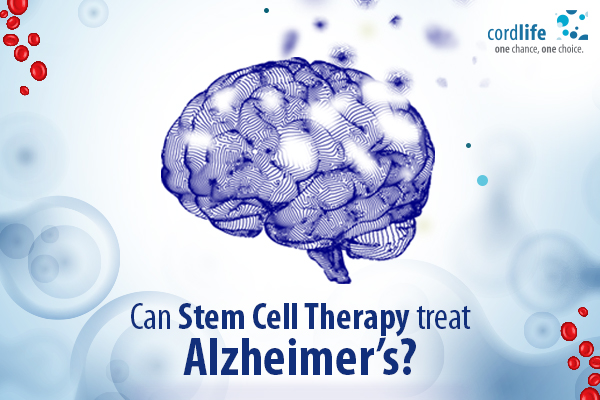Alzheimer’s Disease (AD) is the most common form of dementia that affects nerve cells in different parts of our brain. One of its first symptoms is memory lapses or even a struggle to find common words. As the disease progresses, it’s known to cause confusion, mood swings and severe lapses in memory. While the cause of the disease is still uncertain, it has been found that Alzheimer’s patients have an unusual build-up of specific proteins in the brain, which become toxic. As these multiply, they interfere with your brain’s normal function, making it impossible for them to communicate with each other. These cells die, and the brain slowly shrinks.
Researchers believe that the secret lies in preventing the growth of these toxic proteins when it comes to treatment. Currently, there is no cure for the disease. Drugs used in treating Alzheimer’s merely aim to counter some of the symptoms, albeit temporarily. This means that the drugs will help improve memory or the ability to complete regular tasks. However, no medication will completely stop or even delay the loss of cells.
So, Can Stem Cells Be Used To Combat Alzheimer’s Destructive Mechanisms?
Given that stem cells can generate any new kind of cell, neurologists expect that when implanted into the brain’s affected areas, it should be able to develop into normally-functioning brain cells. In 2014, the University of California conducted a study on mice with Alzheimer’s. The stem cells that were inserted into their brains reduced the build-up of the damaged cells, thereby reversing the disease’s underlying cause.
Conducting the same treatment on human brains can be difficult, yet not impossible. After safe implantation in the affected areas, they then need to regenerate into those specific brain cells that are damaged. Next, they must effectively produce the same substances and in normal quantities.
The true breakthrough came in 2018 from Trinity Clinic Fukuoka in Japan, which conducted the first-ever stem cell treatment in human patients who were mildly to moderately affected by Alzheimer’s. Three patients were each administered by 200 million stem cells over two hours. This was repeated every fortnight until 10 treatments were completed. In order to reduce the risk of graft-versus-host disease, the patient’s own stem cells were used. While the results of this will only be seen after several years, the team is still lauded for their achievement.
As more and more human stem cells trials are being conducted, researchers can ascertain different aspects of the treatment, including the source of the stem cells. While stem cells can be harvested from bone marrow, fat tissue, and placenta, it’s mesenchymal stem cells from umbilical cord blood that are proving to best fight the disease. This is because these cells have the ability to self-renew in a faster capacity than stem cells from other sources. Given these advancements and the rate of technological progress, it’s possible that by the time children of today grow up; an effective treatment will be available. Moreover, research also suggests a higher chance of improvement given an autologous treatment (their own stem cells). It’s with this hope that parents are turning to cord blood banking to store these precious stem cells.
